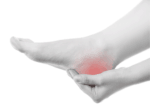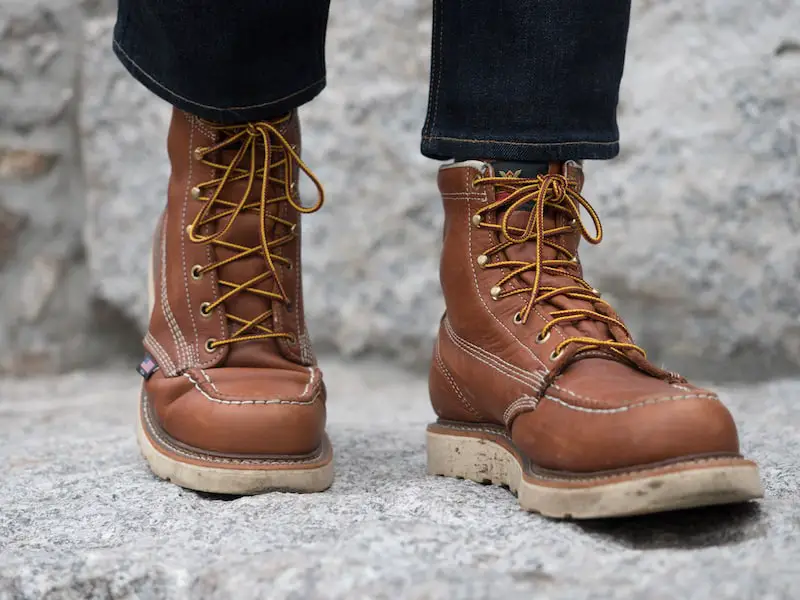The best way to choose your work boots is to deliberate on the types of outsoles that will help you to feel comfortable throughout the day.
Two popular types of outsoles are associated with these work boots: one is the wedge sole and the second is the regular heel ones. It is around these two types of outsoles that the popular debate generally goes on.
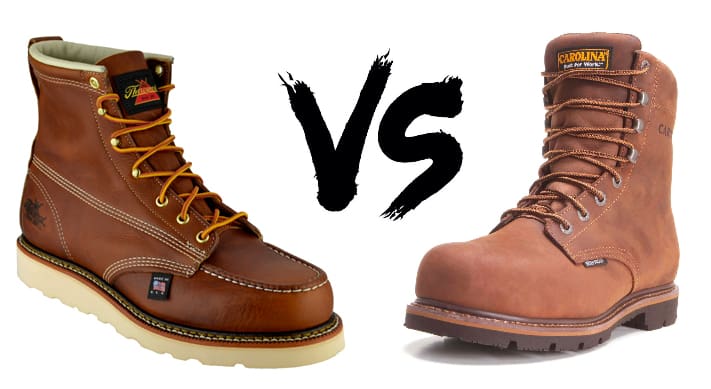
Wedged sole work boots give better comfort because the sole runs through the entire length of the boots thus distributing pressure to the entire feet equally whereas, heeled work boots have two pressure points that might be the cause of your foot pain at the end of the day. But a heeled work boot will provide better traction because of the presence of the lugs and treads in them.
Both outsoles have a list of pros and cons that help the buyer to decide, and we intend to bring all these points to light in this article so that it becomes easier for you to decide.
Let’s delve deep into the article to know the differences between the two types of soles and which suits your profession the best!

Are Wedge Soles Better Friends for Your Feet?
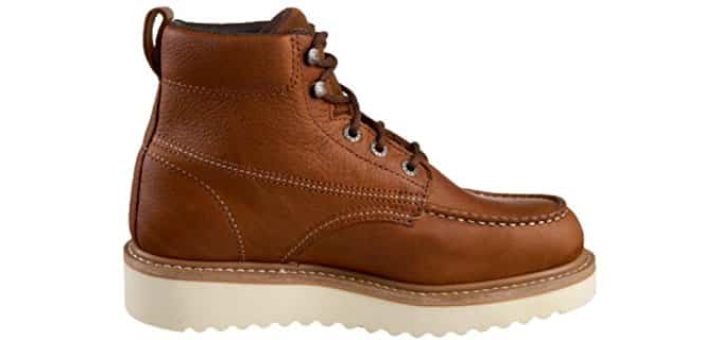 Any wedge sole work boots will have a single polyurethane rubber that gets attached to its bottom half and is a bit thicker in the heel region than in the toe region giving it the wedge shape.
Any wedge sole work boots will have a single polyurethane rubber that gets attached to its bottom half and is a bit thicker in the heel region than in the toe region giving it the wedge shape.
The reason for doing this is to ensure that the sole remains in contact with the ground entirely which makes it comfortable to walk around.
Because of the durable type of rubber used to make the sole, the wedge sole boots can resist heat and oil. You do not run the risk of slipping and falling as the grip of the boots will not allow that to happen.
The different brand comes up with different grip styles for their wedge sole work boots, and so no two boots have the same style of grip.
Have Heel Work Boots Better Appeal Than The Wedge Sole?
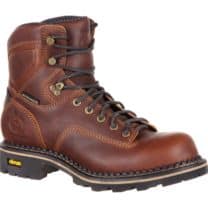 The heel work boots are a tad more appealing in the looks because of their visible stacked heel and broad sole.
The heel work boots are a tad more appealing in the looks because of their visible stacked heel and broad sole.
The sole of the boots is made from various materials like wood, rubber, and cork, and the design of the soles is a bit different than the wedge sole.
The sole in the front half of the boot is designed to remain on the ground, so the grip of the boots are present there so a lot of pressure falls on the front half of your feet as the middle part never comes in contact with the ground, and your heel rests on a high platform.
The wearer of heel boots gets admiration for their fashion sense and also the boot provides helps with the improvement of their postures because of how it gets designed.
Wedge Sole Boots Pros and Cons
Pros of wedge sole work boots:
1.) The sole runs through the entire length of the boots thus giving you better arch support
2.) They distribute the pressure throughout the feet because there are no raised surfaces in the soles
3.) They are very comfortable to wear
4.) They are quite easy to maintain the balance of your body as there are no heels
Cons of wedge sole work boots:
1.) They offer less traction as there are no lugs in them
2.) They will wear down more quickly than the heeled boots
Heeled Work Boots Pros and Cons
Pros of heeled work boots:
1.) They provide better traction because they have thick lugs and specially designed treads to hold the grip on any terrain
2.) They are the best when walking on inclines
3.) The thickness of the soles provides for its durability
4.) They are versatile as such they can be worn by any profession
Cons of heeled work boots:
1.) Heeled work boots are heavy in weight
2.) They will give you issues with balancing the body if the inches of the heel are quite high
3.) Your feet will experience more pressure because they have 2 specific pressure points: one on the heels and the other right where your toes begin
Wedge Sole and Heel Work Boot Features Comparison Table
|
Wedge sole work boots |
Heeled work boots |
| They do not have heels | They have heels |
| They have neither lugs nor dramatic treads | They have thick lugs and treads |
| The traction offered by them is less | They provide better traction because of the presence of the heels |
| The sole runs through the arch too so there is better arch support | The arch support is less |
| They are lighter in weight | They are heavier as compared to the wedged sole boots |
How long does wedge soles last?
A good wedged sole boot from a reputed brand will last you around 4 to 8 months that said the sole should be made of good quality rubber.
How long does heel soles last?
A heeled sole work boot will last you to 3 years depending on the type of material used in the making of the boots.
Which type of sole is good for which profession?
You can choose the wedged sole boots if you work in:
-
-
- Asphalt paving job
- Iron workers
- Road construction
- Carpentry
- Farming
- Brick layers
-
You can choose the heeled sole boots if you work in:
-
-
- Traffic points
- Pipe liner
- Loggers
- Electrician
- Pole climber
- Line workers
-
Who Wins the Battle of Wedge VS Heel?
Both wedge sole and heel work boots have some advantages and disadvantages, and you have to know all about them before you decide which one you prefer. Let us first have a look at why these two types are an advantageous buy and what are their disadvantages.
Is it worth it to buy Wedge Sole?
The three most important advantages of wedge sole boots are-
1.) Comfortable
If comfort is what you are after, then this is the boot that you must select. Its design helps to spread the balance evenly on your feet and you do not feet excruciating pain in your leg.
2.) Does not make a mess
It is easy to tread on muddy areas while wearing the soles as there are no deep channels on them that will allow dirt to stick to the bottom of the boot.
3.) Very stable
With the sole remaining on the ground at all times, it becomes easier not to slip and fall and acquire an unpleasant nickname after this accident.
Now to mention the disadvantages of Wedge Sole
-
-
-
- They have thinner soles making them less durable.
- Wedges must be worn on flat surfaces as providing grip is not its strong suit.
-
-
How Does Heel Work Boots Fare?
The advantages of heel work boots are durability, toehold, and usefulness. Because of their ability to perform better on uneven terrains and concrete floors, and having thick soles; construction workers, electricians, and loggers will find these boots very useful.
The problems of buying Heel Work Boots
-
-
-
- They are not suitable to wear in uneven surfaces
- They are very bulky, and
- The wearer has to experience a lot of pain in their leg and feet.
-
-
Final Words
Now that we have discussed all there is to know about these two types of outsoles, we leave the judgment to you and let you decide who, according to you, came out victorious in the comparison of wedge or heel work boots. But we will tell you this; choose according to the work that you do.



